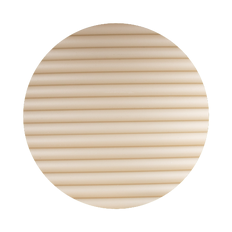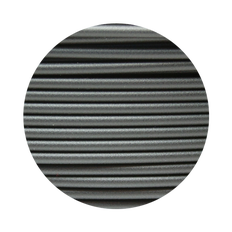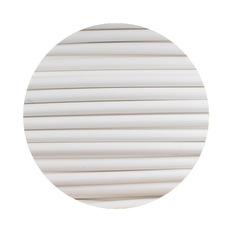allPHA
allPHA (pronounced Alpha) stands as the world's pioneering 100% biobased and 100% biodegradable filament, setting new standards in sustainable 3D printing. colorFabb's allPHA 3D printing filament represents the pinnacle of bioplastics, encapsulating the essence of innovation in an eco-friendly package, presented on a thoughtfully designed cardboard spool.
PolyHydroxyAlkanoates, or PHA, the acronym for our revolutionary material, is derived through the natural and sustainable process of fermentation. This unique method involves feeding bacteria with natural sugars and oils, prompting the bacteria to produce "fat" cells, which manifest as PHA. The beauty of PHA lies in its inherent biodegradability. Microorganisms possess the ability to break it down entirely after the product's lifecycle, ensuring a full-circle, environmentally conscious approach.












